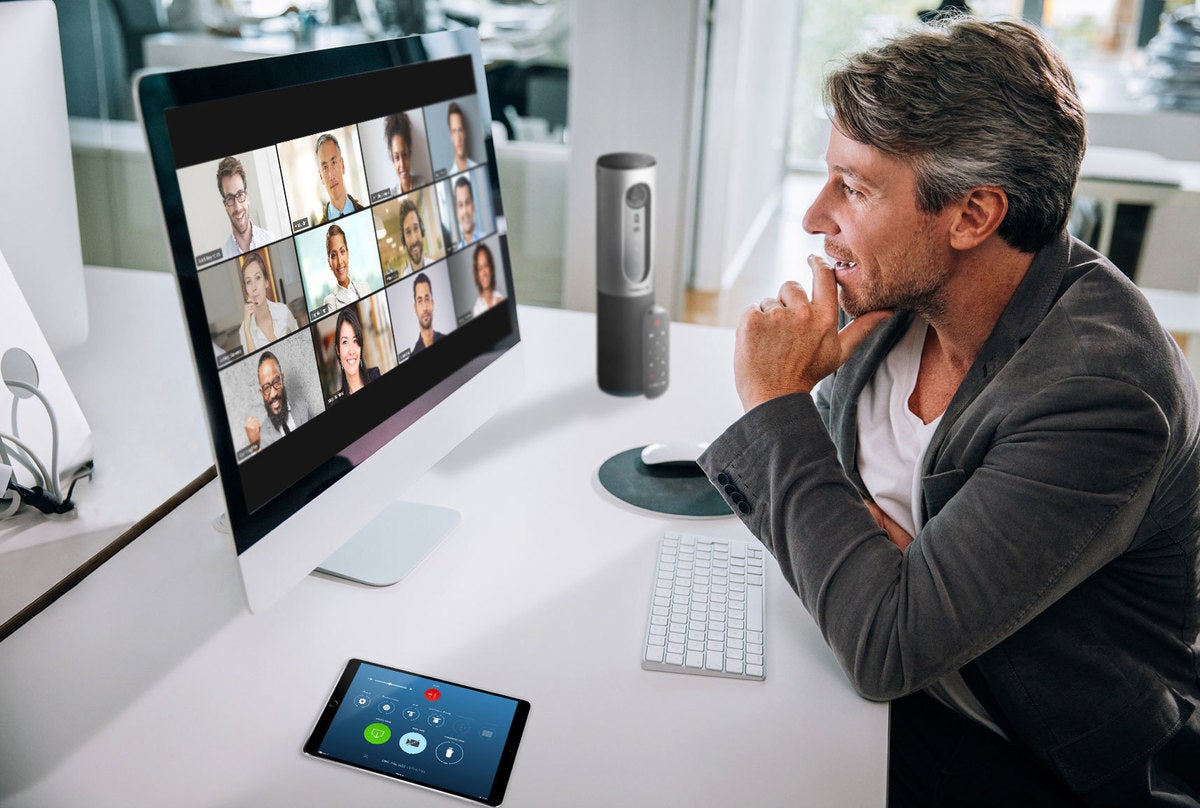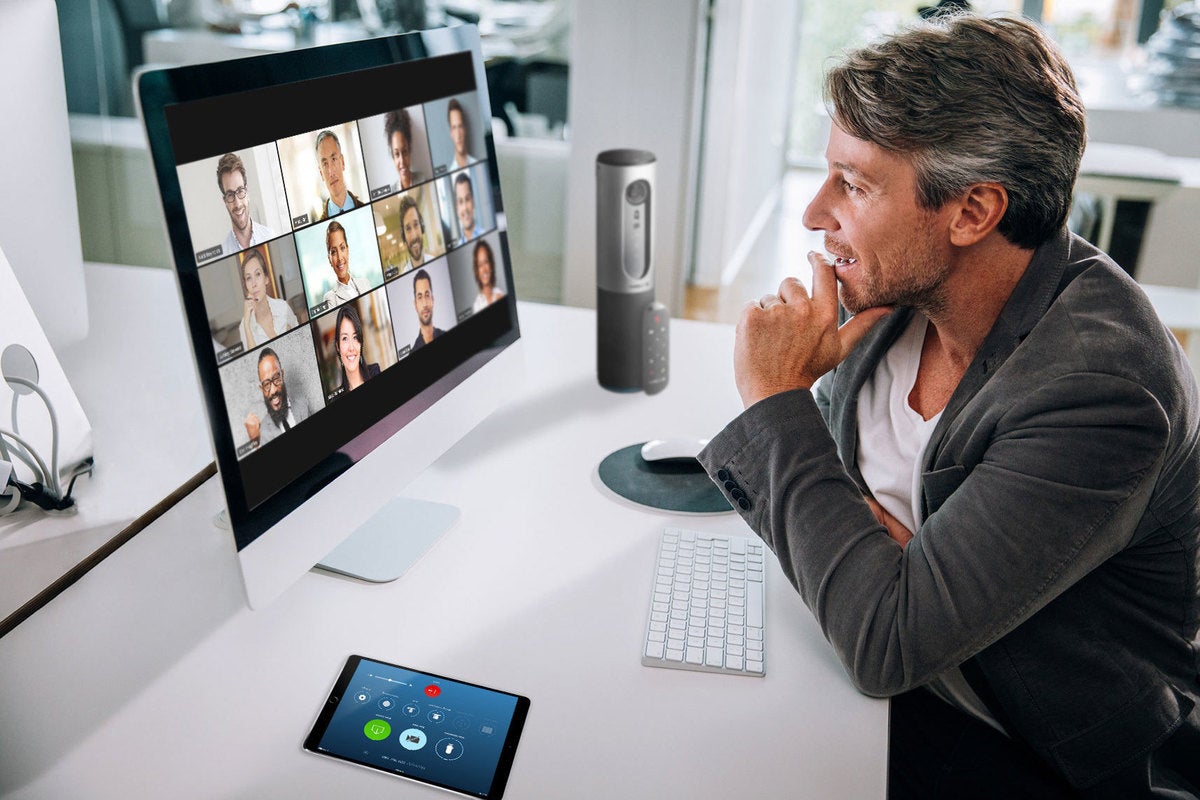
When COVID is through torturing the U.S. — which will likely be late ’21 to mid ’22, depending on when a vaccine and good treatments can be discovered, tested, approved and mass-distributed — business execs are going to find themselves running very different companies in very different ways. And the vast majority of the burden to deliver the infrastructure for these new operations will fall to IT. So, yes, IT execs need to start talking with other C-levels now and figure out what they want their post-COVID company to look like.
The timing is interesting, in that it’s just about enough time for companies to implement all of these changes safely and securely. Let’s start with the most obvious change: corporate telecommuting. By the way, “working from home” (WFH) is exactly the term you want to use if you want to guarantee that it will fail. More on that in a moment.
Let’s start with where we were, where we are and where we’re going to be (while conceding that everyone is going to get there in stages). Enterprise-sized companies — let’s say $3 billion or more in annual revenue — barely did much true corporate telecommuting pre-COVID, in, say, January 2020.
Here’s the key distinction between WFH and corporate telecommuting: Most companies (again, in the pre-COVID days in the U.S.) thought of WFH as an occasional thing for convenience, as in during a blizzard or when the main office has a one-day power outage or on Fridays in the summer. That’s not corporate telecommuting. Telecommuting is where the employee or contractor is based at the remote location full time. That’s the jurisdiction where payroll taxes are calculated from, and when those workers have to come into headquarters, they are compensated for their travel, just as someone in a corporate building in Chicago is compensated to travel to a corporate building in Detroit. If the employee’s home is in Atlanta, the company needs to treat that as an Atlanta office/bureau in every way. That’s the only way corporate telecommuting works. That means that every office needs to have the same infrastructure/security arrangements as any other, granted one that is scaled for the number of employees at that location (we’re talking one employee in most cases).
Note: How many enterprises have bothered to change the tax status of employees who happen to live in a different jurisdiction than where they used to work? If they are now doing 100% of their work in that other jurisdiction, changing the tax status is necessary.
Pre-COVID, the typical large enterprise had somewhere between 3% and 9% of their full-time employees corporate telecommuting (stressing that this is not an occasional WFH situation for convenience). During COVID, that number has soared, with some enterprises (depending on their vertical and the nature of their business) today doing anywhere from 40% to 90%, with many finding themselves on the higher end of that range. When we’re in post-COVID days — and it will indeed be in stages — those numbers are not going to ever return to pre-COVID levels, nor will they stay as high as they are in this COVID era. My guess is that the typical enterprise will fall into the 30%-to-60% range, maybe even 40% to 70%. That is a gigantic increase from where things were in January 2020.
There are reasons (none of them are good reasons, but reasons nonetheless) why enterprise executives have resisted telecommuting efforts. First there is the always stupid “we’ve never done it that way.” Secondly, there is a very real lack of support for telecommuters, overwhelmingly from execs who are not telecommuting. That is actually a real issue, one that undermines telecommuting and therefore becomes self-fulfilling. It’s the haves-and-have-nots problem. It’s best exemplified by the executive who gives an important assignment to someone she runs into in a hallway or sees in the cafeteria — mostly because that employee happened to appear when the exec was thinking of the issue, not because that employee was the best qualified to handle that assignment.
This happened to me years ago when I was telecommuting for an enterprise. On a day when I happened to be at headquarters, I ran into an exec in the hallway and he give me a wonderful assignment and I thanked him. I then asked — because corporate politics has never been my strength — “May I ask you a candid question? If you didn’t happen to run into me in the hallway just now, would you have called me and given me this assignment?” He paused and said, “Probably not.”
But because of the massive corporate telecommuting shift, the haves-and-have-nots issue has significantly decreased. That’s a good thing. But we’re still left with the attitudes and other issues that have blocked corporate telecommuting for so long. As I noted in a recent column, the emergency telecommute procedures put in place by COVID have caused a mess of security nightmares, primarily because the rushed-through procedures meant that there was no time for security niceties, such as properly processing RFPs for apps that were thoroughly vetted. That is why MFA has to be radically re-envisioned.
As we work through those issues, proper telecommuting infrastructure is slowly materializing. By the time companies are able to truly reopen fully, many of the technology and security issues with corporate telecommuting will be in a far better place. We are already seeing signs of improved productivity, and when quarantines are effectively over, many workers will find themselves far happier. No more multi-hour two-way commutes every workday, a more casual attire situation and a much lighter travel load. At the same time, post-COVID workers will be able to travel to headquarters when it truly makes sense, as well as doing travel for conferences and business partner interactions. But again, when they make sense. I strongly suspect all of that (travel to HQ, travel in general, shows in general) will also sharply plunge as companies — because they were, if you will, thrown into the deep end of the telecommuting pool and forced to swim or drown — have discovered the benefits of a much more remote workforce.
Then there are the real estate implications. Can companies cut back rent and building maintenance costs by millions? Can they either get ride of a lot of buildings, charge rent for what would become empty office space or a combination of the two?
From that perspective, this disaster has proved what telecommuting advocates have argued for years. And let’s not even go into the environmental benefits to the planet. But there is one psychological problem. A big mindset fear among some executives has been that telecommuting employees who happen to be parents of school-age or younger children will perform horribly in a telecommuting environment because of those kids.
That has been an unfounded fear, because of school, after-care/before-care and even childcare arrangements in the home. You can see the problem here. Because schools are closed and childcare is almost impossible during COVID restrictions, the childcare issue has, sadly, reinforced some of the worst fears of those telecommuting-resistant execs. They need to understand that in a post-COVID lockdown reality, those childcare issues — for the most part — are not going to interfere with professionals telecommuting.
Other than the childcare issue, the forced telecommuting has proved just about all of the advantages that advocates have always argued. Let’s see how many minds change when this is all over.



